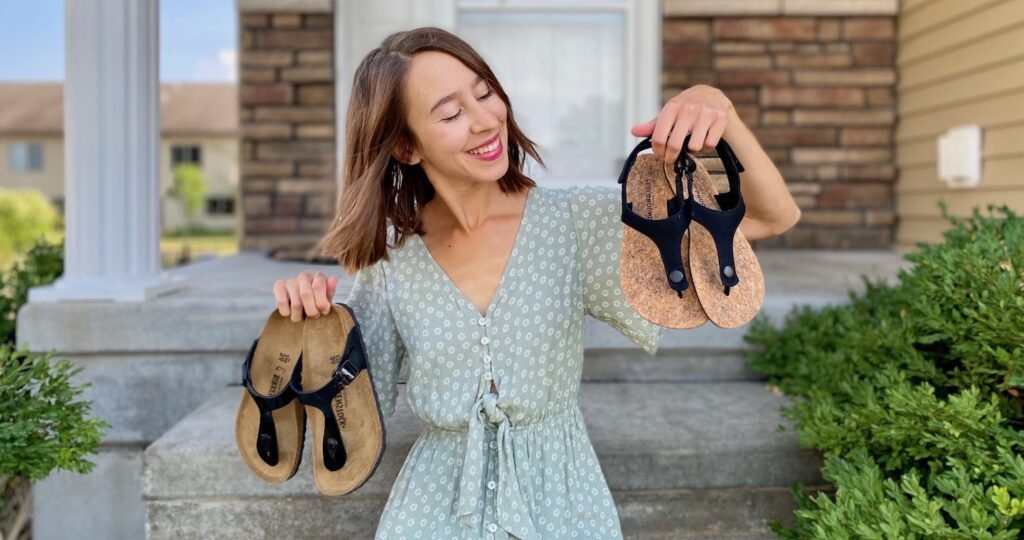
When I was experiencing severe foot pain, Birkenstocks saved me. The supportive foot bed and ample toe space was like a salve to my aching foot. In fact, they helped me become mobile again – no small thing when you have small children and a life to live. But a year passed and Birkenstocks were still the only shoe I could wear. Being barefoot, even in my house, was completely out of the question. So did my Birkenstocks really fix my foot pain, or did they just mask it?
In this article we talk about why strengthening your feet and wearing unsupportive shoes might be a better long term strategy for preventing foot issues than wearing Birkenstocks.
Arch Support Makes Your Feet Weak
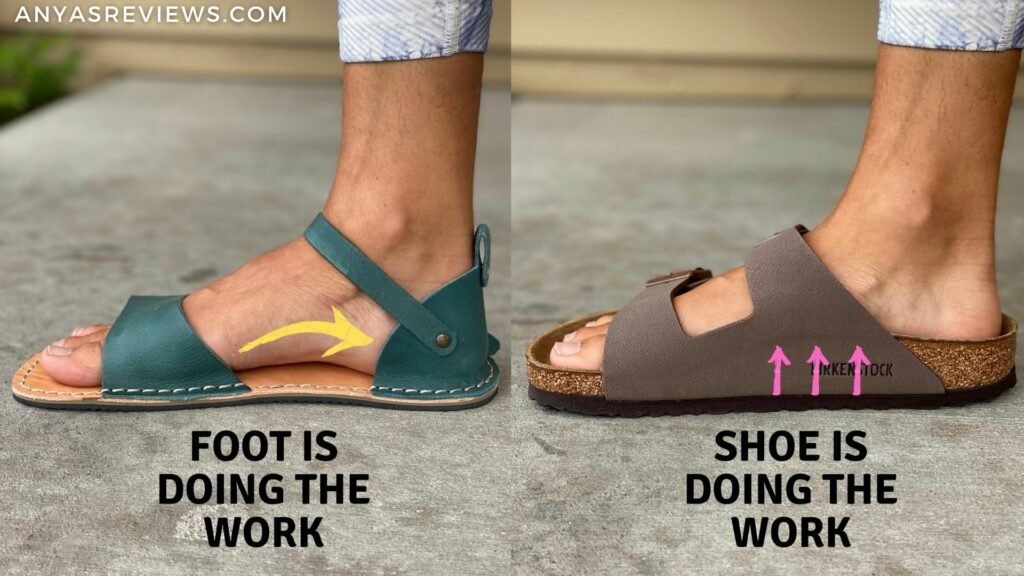
Currently there is a big disconnect between the way we think about feet and the way we think about the rest of the body. If you came to a physical therapist with a hurt shoulder you might be prescribed a temporary brace, but you would also be advised to mobilize and strengthen the area because if you brace the shoulder forever it will stop working.
And yet if you present with foot pain at the podiatrist’s office you’re likely to be prescribed a pair of orthotics, stiff shoes and an annual appointment to replace them – over and over for the rest of your life. Our feet are made of the same stuff as the rest of our body – muscles, ligaments, tendons, fascia. So why don’t we try to improve the function of our feet, instead of just bracing them in arch support forever?
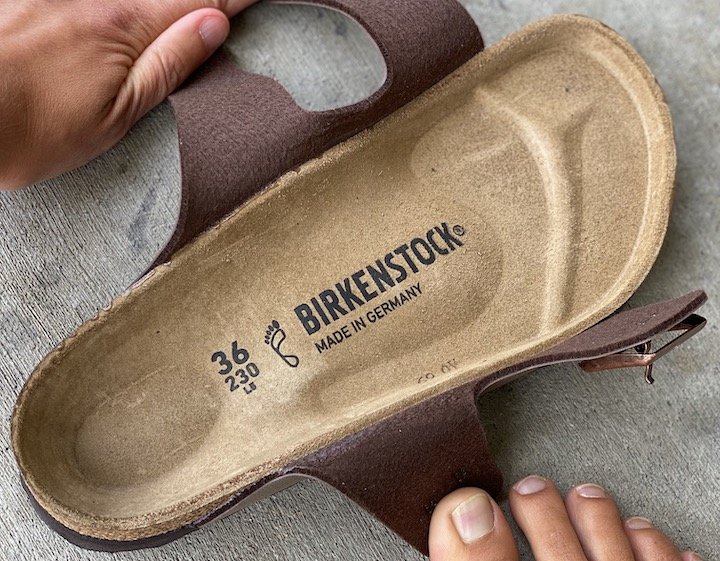
The first paradigm shift we need to embrace is that human feet are designed to work without external support. And while it can have therapeutic benefits for people in the short term, using arch support can actually make your feet weaker! We CAN regain foot strength, mobility, and stability with time and practice.
If your feet are deconditioned to support themselves, the arch in Birkenstocks can feel really good. But relying on arch support gives you no chance to use the muscles and nerves in your feet – tissues that, if strong and active, are more than up to the job of supporting you without any assistance. Most feet aren’t flawed, just underused. And simply wearing barefoot shoes is one way to fix that. Studies have shown that walking around in minimalist shoes naturally strengthens feet. Hence, arch support might help you today, but it’s not preparing you for tomorrow.
Stiff Soles Limit Your Foot Mobility
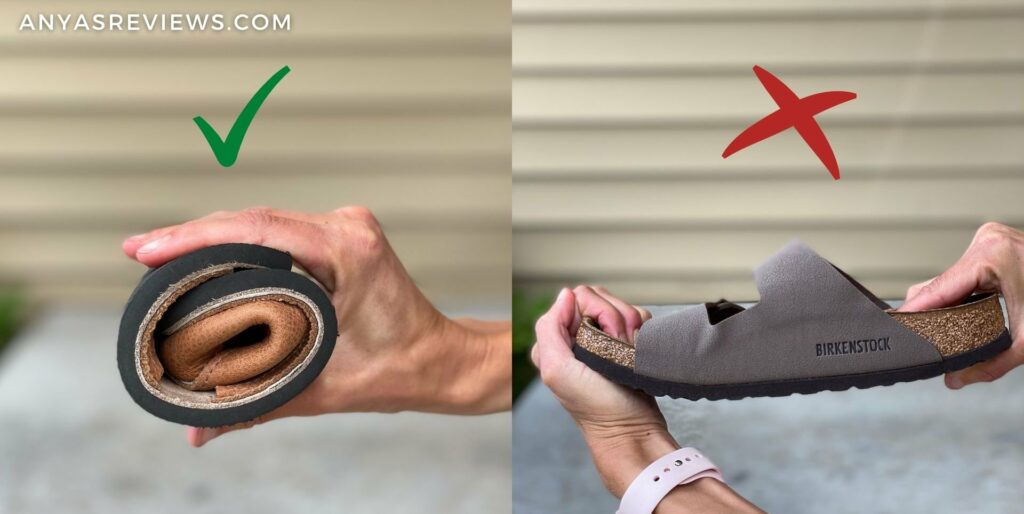
Besides weakening your foot musculature, the intense arch support and thick sole in a Birkenstock also limits your foot mobility. The foot has 33 joints, which allows for endless movement possibilities, all of which connect the feet to the entire posterior chain – ankles, knees, hips, pelvic floor, glutes.
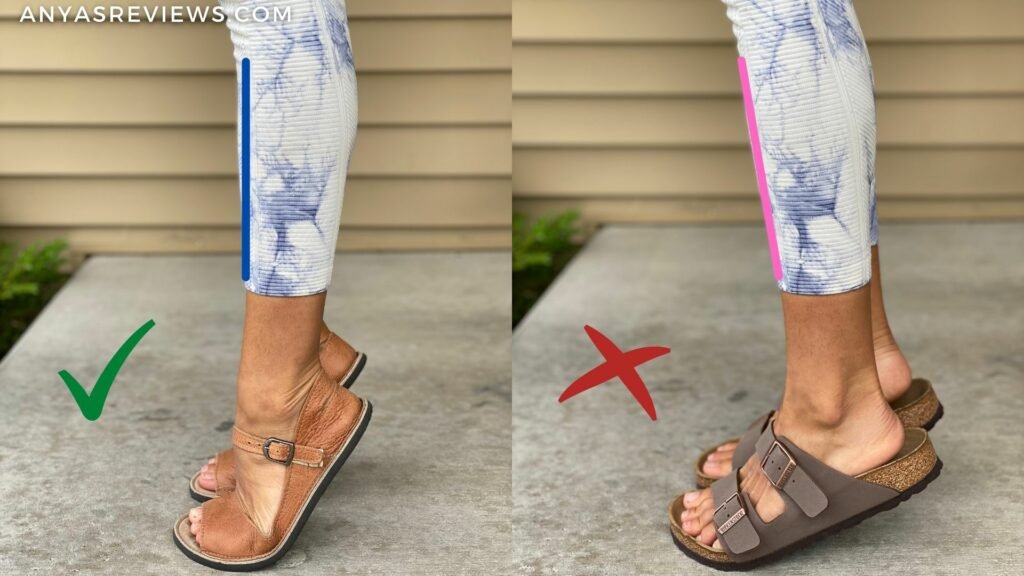
When you slip on a Birkenstock you are essentially putting your foot into a fixed position. You might get a little bending and flexing as you walk, but not nearly enough to keep your joints robust to meet the demands of a long and active life. Because if you don’t use your joint mobility you WILL lose it. Wearing shoes with flexible soles, i.e. not Birks, allows your toes to bend fully, your arch to flatten and stiffen as designed, and the natural balance system in the body to function. This stability from the ground up will come back to you in dividends throughout your life.
Slides Cause Toe Gripping
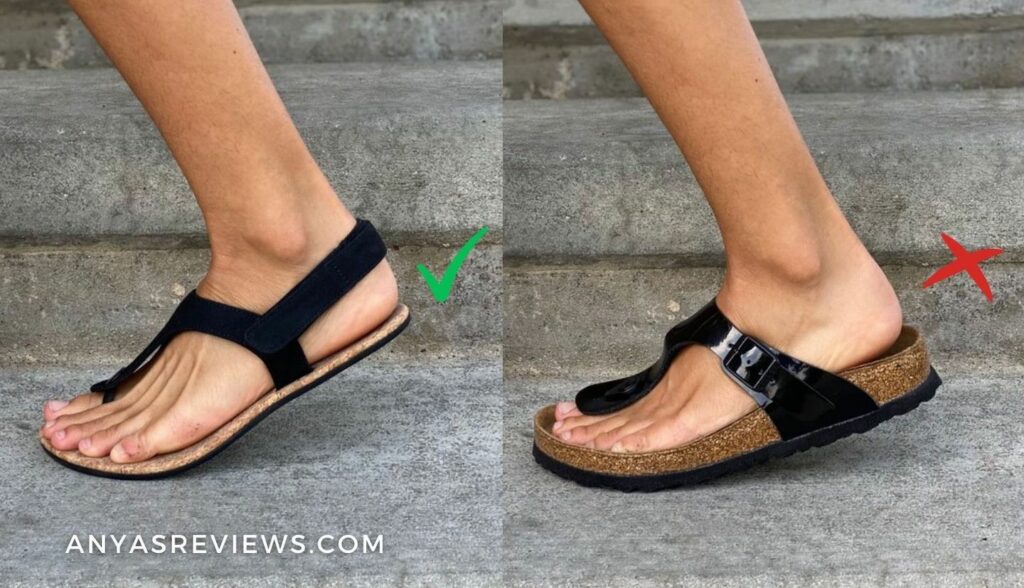
My final beef with Birks is that their most popular styles are essentially slides. Shoes that aren’t secure to your foot affect your gait, resulting in shuffling and toe gripping. For optimal mobility, sandals should have some sort of securing strap so they stay put while you move.
Birkenstock Got A Few Things Right
Despite the issues I have with Birkenstocks, they still hold a valuable place in the world of rehab and pain management – thanks to a few critical features.
Toe space
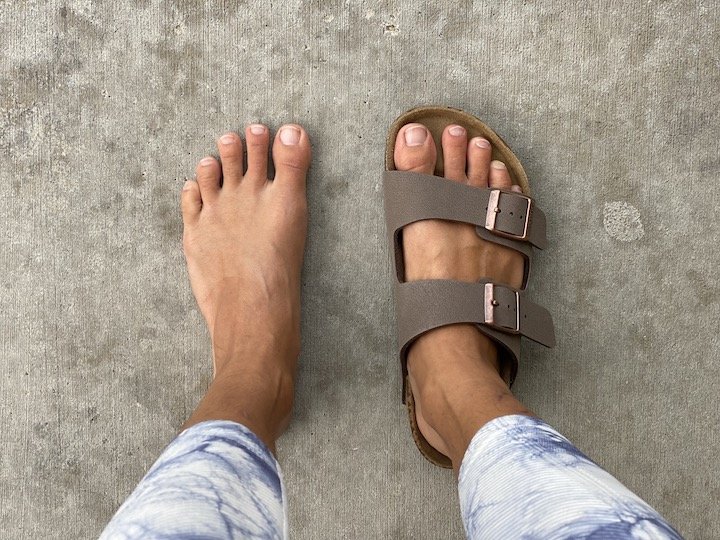
Birkenstock shoes have a natural foot shape that allows the toes to spread out. This is so important for foot function, and unfortunately so uncommon when you go shoe shopping. But that’s also what makes barefoot shoes so great – a natural toe box shape is a critical feature of them so if you transition to barefoot shoes you can say good bye to cramped feet!
Zero Drop
Birkenstock sandals are zero drop (heel is at the same elevation as the toe). This is another uncommon find in a supportive shoe (but an unequivocal feature of barefoot shoes), and is very beneficial to your spinal health and overall alignment. Any kind of heel, even the small heel lifts in sneakers and orthotic shoes, pushes your weight forward and stresses your body unevenly. If you need a supportive shoe right now, it goes a long way to get it in a completely flat one.
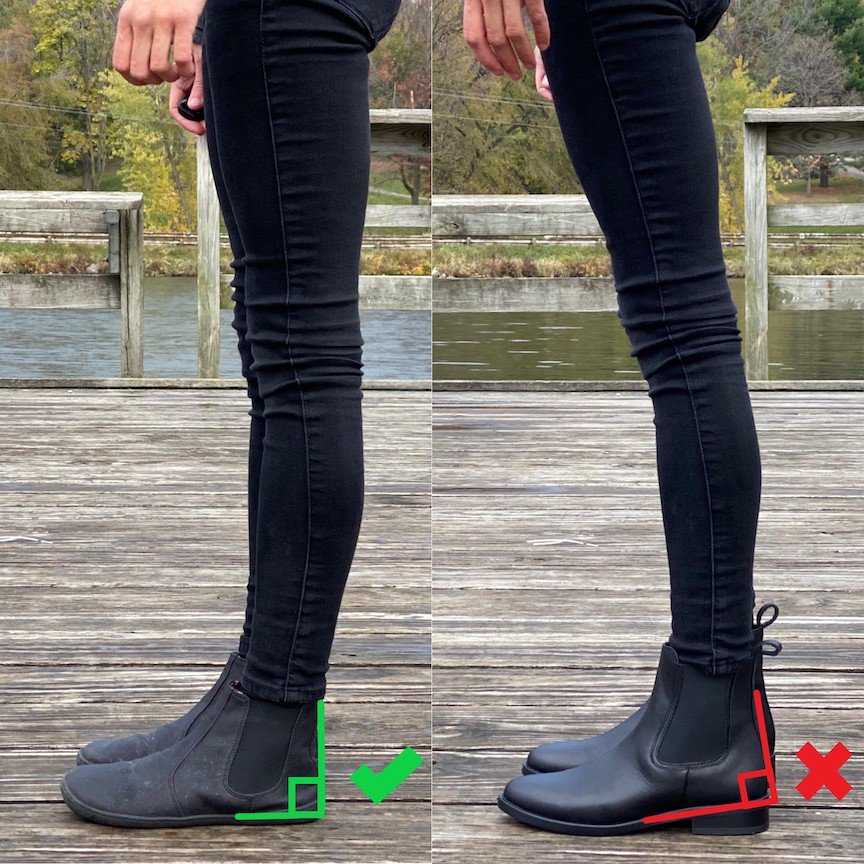
*Note that only Birkenstock sandals are zero drop. Their close toed shoes that come with a removable insole are not*
So if you are dealing with chronic or acute foot pain and need something to help get you by, you can do far worse than Birkenstock sandals. But relying on them in the long term will only serve to weaken your foot function over time. So what should we do instead?
The Better Long Term Solution to Foot Pain
If you’re living in Birkenstocks right now, no one is judging. After all, I spent more than a year wearing nothing but Birkenstocks – I know the vicious cycle of weak feet + supportive shoes all too well. But the good news is, you likely have more control than you realize. Foot health can be reduced to the following 4 aspects:
- Mobility – The range of motion you have control over
- Alignment – The natural positioning of your body’s joints
- Strength – The power and endurance of your muscles
- Stability – The ability to maintain alignment despite outside forces
So how do you achieve those things? Here are a few non-threatening ways to improve the health of your feet.
- Going barefoot
- Doing foot exercises
- Wearing minimalist shoes
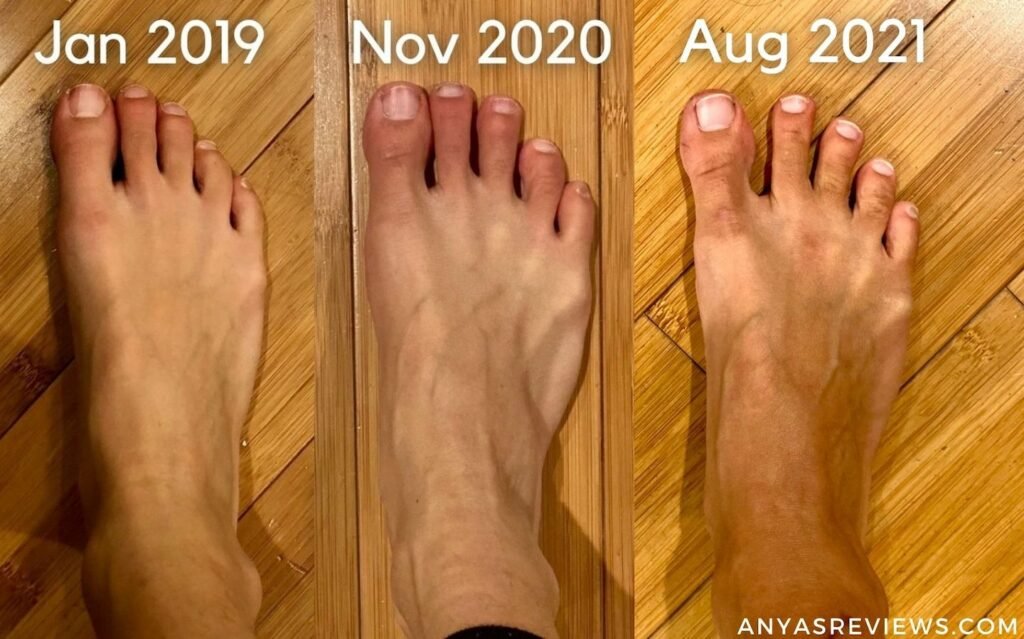
I used a combination of all 3 of the above strategies to get myself out of foot pain and out of arch support – for good! It can take time to see results, but real change is like that. Slow, steady progression over years has left me with two feet that stand on their own two feet! I discovered the concept of minimalist shoes in Jan. 2017 and slowly transitioned until Jan 2018 when I started wearing them exclusively. So the above photo shows what my foot looked like a year into my barefoot shoe journey (Jan 2019). 2 1/2 years later to Aug 2021 and you can visibly see that my foot is stronger and more aligned. Like they’ve been working out or something!
Below you can see the progression of my natural arch over 4 years. July of 2017 is when I was fully reliant on my Birkenstocks to be comfortable.
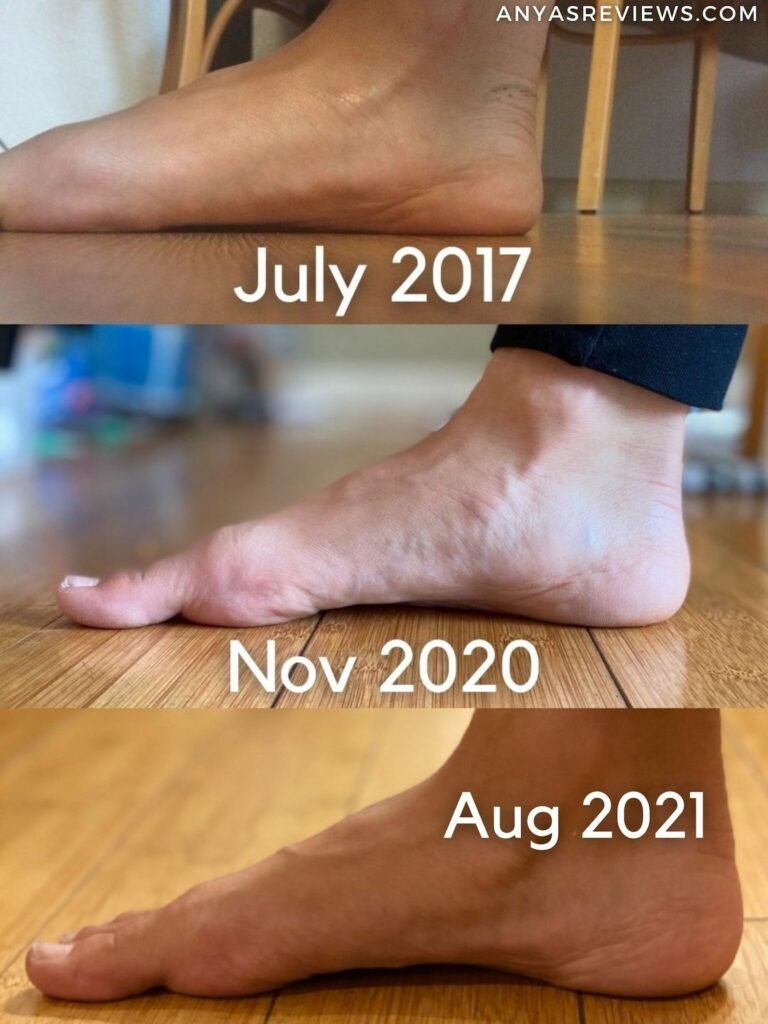
I am not here to tout going barefoot as a panacea for all people with foot pain. But we can ALL, no matter our current situation, be better informed about how our shoes and lifestyle choices affect us. I am prone to joint issues myself, which has affected my path toward healthy feet and better overall movement. But I’d still like to be able to chase my grandchildren someday, so I take every opportunity to use my body naturally. As anyone close to me will report, I can often be found traipsing around barefoot! And when I’m not, I’m in barefoot shoes 100% of the time. That means Birkenstocks are gone from my life, and even though we had a good run, I have no plans to come back to them.
So the next question is, what am I wearing instead of Birkenstocks? Here is a list of barefoot sandals that can be worn daily just like a Birkenstock sandal.
Barefoot Sandal Alternatives
Here are some barefoot sandals that are zero drop, with thin flexible soles, and a natural foot shape to them – for optimal foot function. But you don’t need to be limited to sandals! To get started with minimalist shoes, simply head to my home page.
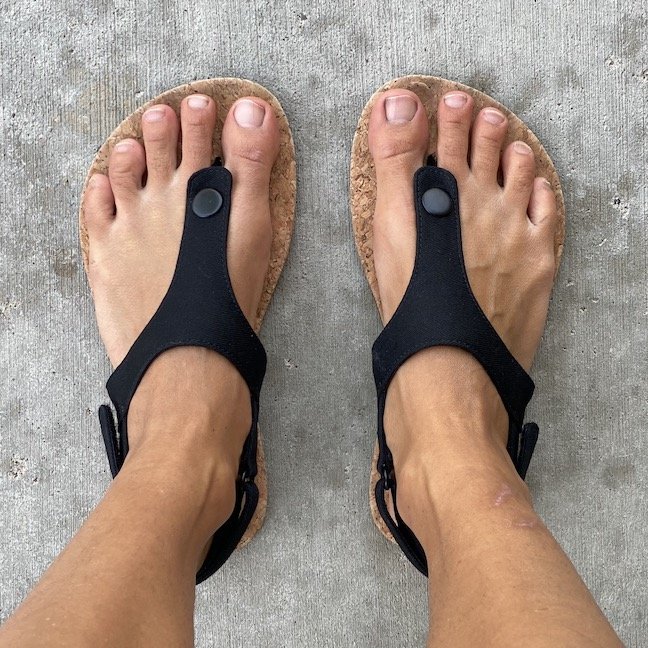
Feelgrounds Seaside Sandals (EU) – Sizes EU 35-49. The seaside sandal is vegan and available in tons of different colors! Read all my Feelgrounds reviews here.
Use code ANYA5 for 5% off your first order
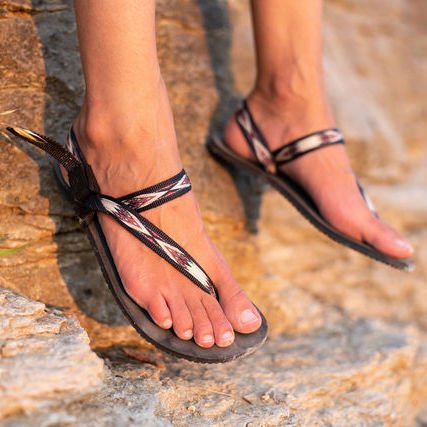
Earth Runners (US) – Sizes US 6-15. Love mine! Super comfortable. ANYA for 10% off. Full Earth Runners review here
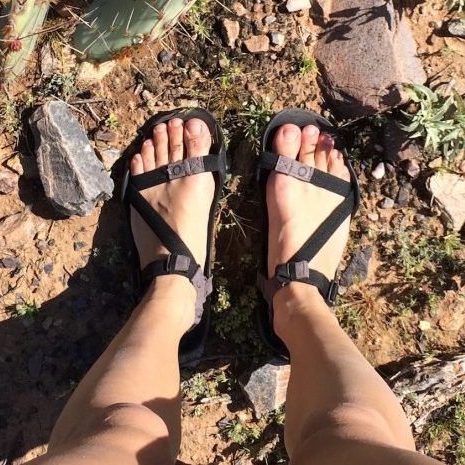
Xero Shoes (US) – Sizes US Womens 5-12, Mens 6-14. Read my Z-Trek review!
In Europe? Shop Xero Shoes EU here!
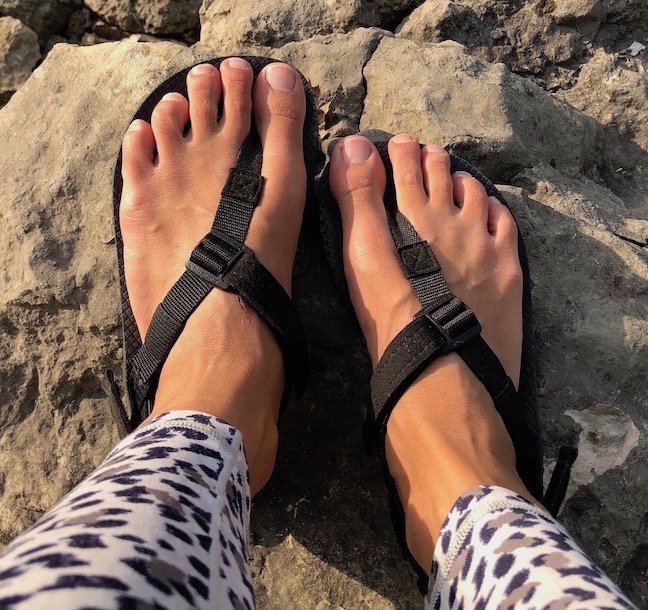
Shamma Sandals (US) – Sizes US Womens 5- Mens 14. Use code ANYASREVIEWS2023 for 10% off. I love this brand! Check out my Shamma reviews here.
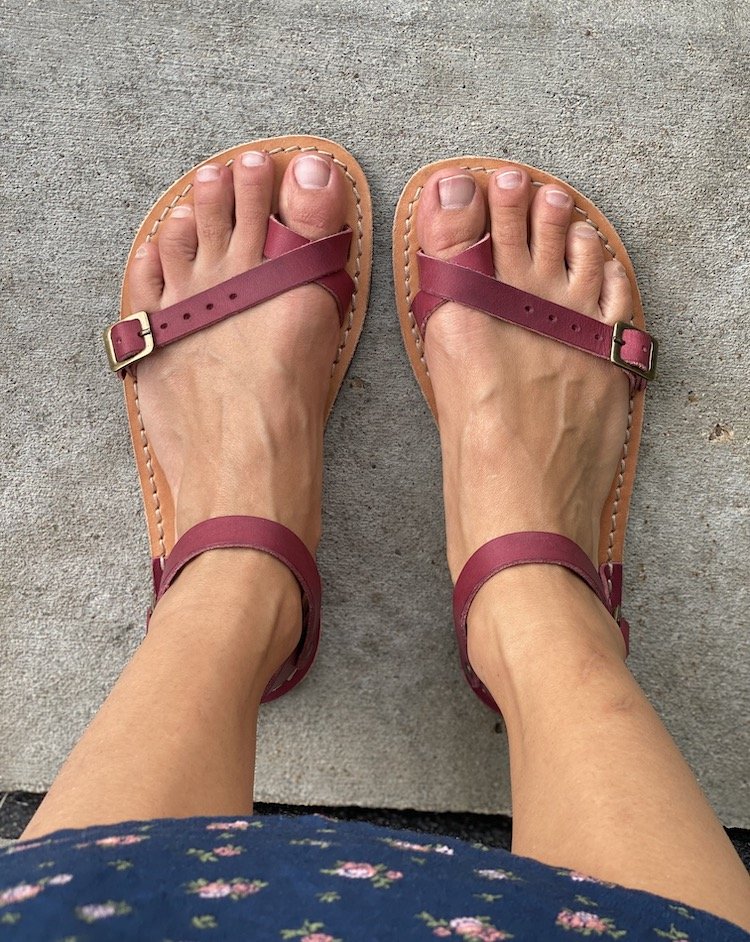
Crupon Sandals (Europe) – Sizes EU 35-41. The sandals linked here are barefoot friendly. The other models from Crupon are narrower in the toe box, but can still be made with a flat and flexible sole. There is also has an extra wide option! Use code ANYA for 10% off.
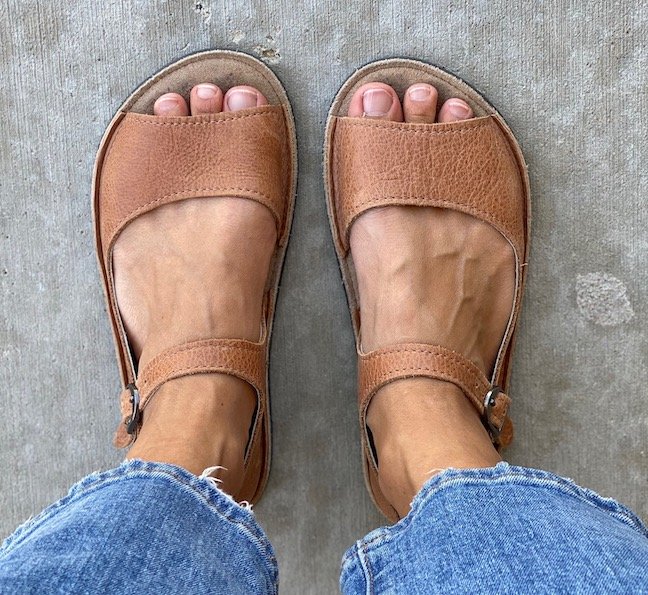
Softstar Solstice (US) – Sizes US 5U-12U and 3 width options. These sandals run big, most people size down and choose wide.
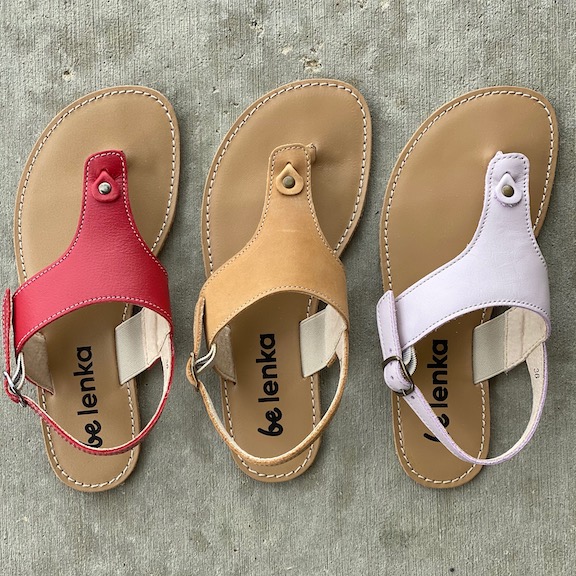
Be Lenka Promenade (EU) – Sizes EU 36-43. Use code ANYASREVIEWS for 5% off (returns are only accepted from within the EU and USA).
You can find Be Lenka sandals at Anya’s Shop!
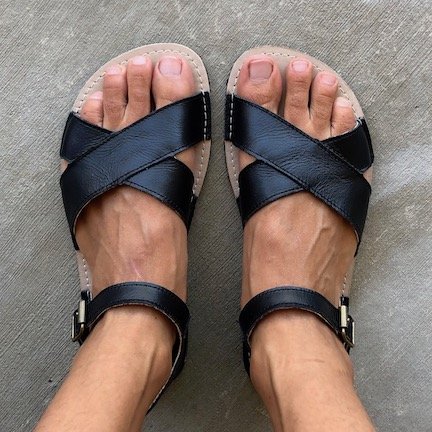
Zeazoo Sandals (EU) – Sizes EU 35-46. Use code ANYASREVIEWS for 5% off. You can find Zeazoo Sandals at Anya’s Shop!
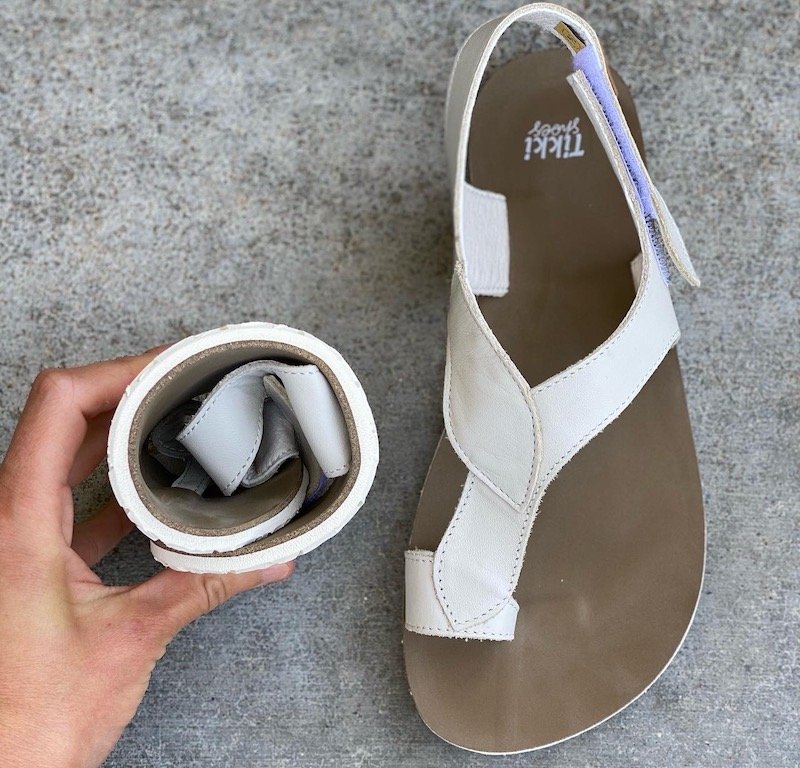
Lang. S by Tikki Shoes (EU) – Sizes EU 35-46. They are released each spring and have options for men, women, and big kids. Great choice for extra wide feet!
Use ANYALANG for 10% off
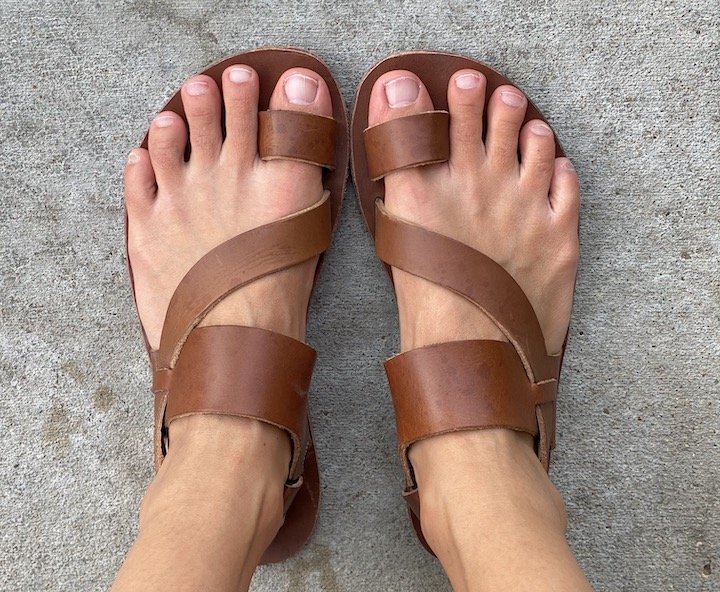
Vivobarefoot Opanka Sandal (Use this post to find your nearest Vivobarefoot e-shop) -Sizes US 5.5-11.5. Use code ANYASREVIEWS15 for 15% off *This model is only available seasonally. If it’s out currently, they’ll be back next warm season*
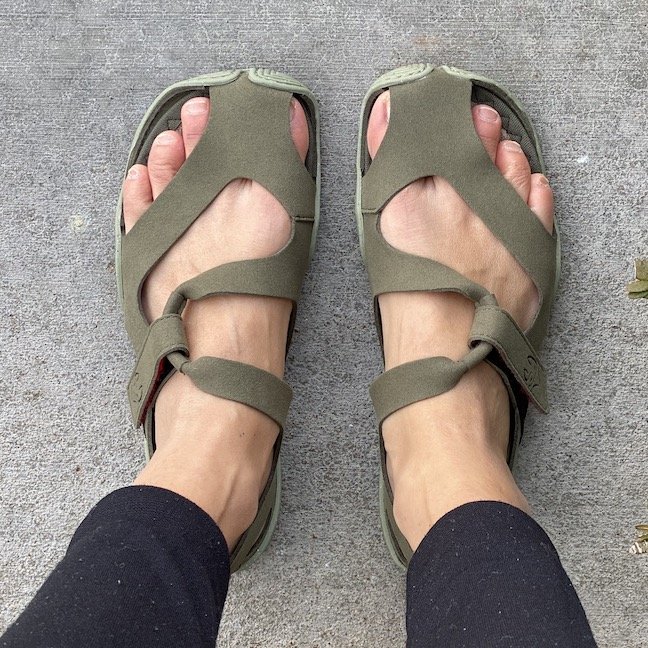
Wildling Feather (EU) – Sizes EU 36-48. The Feather sandals from Wildling are super lightweight and have great ground feel!
And these are just a handful of options! Click here to see a complete list of barefoot sandals with even more choices. And if you’re interested in natural foowear options for more than summertime, I have a multitude of barefoot shoe lists for different age groups, activities, and weather! You can find a barefoot shoe for almost any occasion!
Conclusion
If your feet are capable enough to not need supportive shoes like Birkenstocks you will be more comfortable in your daily life. While everyone’s unique bodies and experiences impact how feasible this is for them, most of us have a lot more control over it than we realize. But don’t take my word for it. Try it out and see if it’s right for you! It costs nothing to start going barefoot more often and exercising your feet. Your body will thank you for the attention.
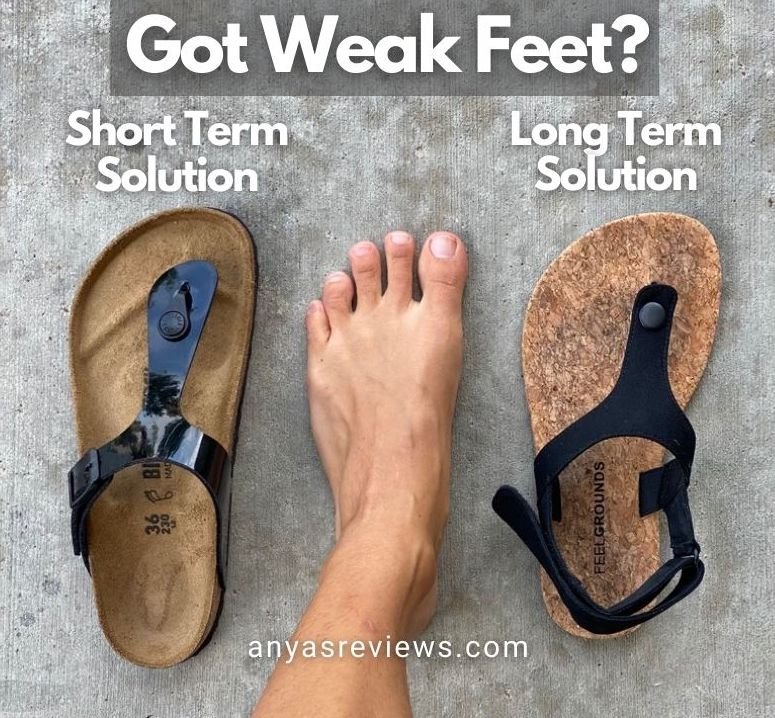
Reference Material
- The Benefits of Barefoot Shoes
- Foundational Foot Exercises
- How To Strengthen Your Feet With Floor Texture
- The Best Barefoot Shoes for Your Foot Type
- Whole Body Barefoot, by Katy Bowman
- Foot Health 101 Course from Gait Happens – I am also in their Foot Function Membership which I love
- How Feet Are Connected to the Pelvic Floor by Petra Fisher
- 3 Steps to Pain Free Feet from The Healthy Feet Alliance
Supporting Research
- Flip Flops Effect on Gait
- Musculoskeletal Rehabilitation Strategies
- Custom Foot Orthotic Intervention Caused Muscle Decrease
- How Over-Pronation May be a Dysfunctional Model
- Walking in Minimalist Shoes Strengthens Foot Muscles
- Shoes with A Narrow Toe Box Restrict Blood Flow to Heel
- The Biomechanics of Walking on Uneven Terrain
- Nerve Stimulation in Feet Affects Balance and Gait
- More on Nerve Stimulation in Feet and Locomotion
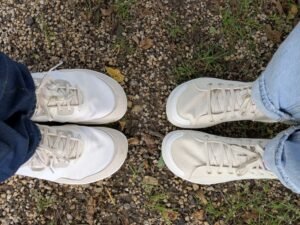
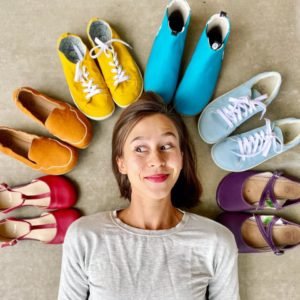

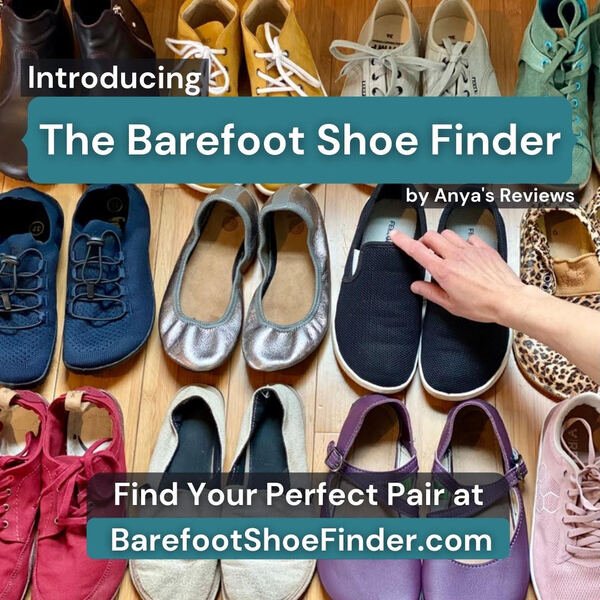
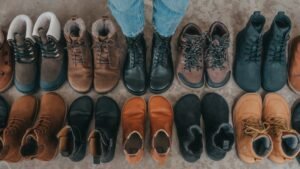
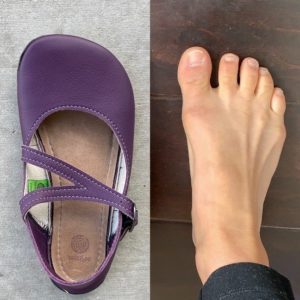


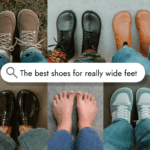

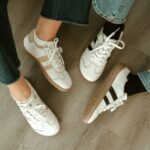

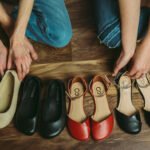
143 thoughts on “Why Birkenstocks Aren’t a Long Term Solution to Foot Pain”
Hi,
Do you have a suggestion to sandals for greek toe, mid volume? My second toe is under 1 cm longer than the big toe.
Btw what a great site. So dense and elaborate 😀
Thank you! Most should work for that foot description, but I would be cautious with something like the Feelgrounds Seaside – your 2nd toe might be hanging off the front
I wear Fitflop. The best for troubled feet. They are a bit costly tho
Do you have any suggestions for when the weather is not conducive to sandal type shoes?
Yes, tons! If you click around on my site you’ll see tons of close toed shoe options. I recently did an article on my top 10 barefoot boots, as well as casual sneakers.
I have planters fasciitis what shoe do you suggest
Hi Sharron! Since I’m not a physician I can’t advise on plantar fasciitis, but my understanding is that some people will find immediate relief from it when they get into zero drop shoes that let their toes splay out. Other people will find their condition aggravated by minimalist shoes at first until they can get the foot reconditioned. This research article here is a great discussion on how poor shoes can lead to PF, and some exercises and tips for dealing with it. I would consider starting with something that has a more cushioned sole to help ease you into it. You can find a list of minimalist shoes with a bit of cushion in this article:
https://anyasreviews.com/best-barefoot-minimalist-shoe-brands-beginners/
The point is you are not a physician. All that mumbo jumbo is irrelevant when you are in serious pain from plantar fascitis or a stress fractured calcaneus bone.I will wear whatever relieves my pain since I am a deliverman who takes 18 thousand steps a day.To me it is Birkenstock all day every day.All about Anya’s shop and your own product.I don’t know one person who would do what you’re talking about if they have suffered from plantar fascitis for months and then put on some Birkenstocks and was pain free for a year and then they ditch Birkenstocks for some unproven and suspect alternative. Not me for sure.
Hi Donnie. You’re correct that I’m not a physician, but I consult with physicians on my articles. In fact, I recently wrote some information specifically about plantar fasciosis with two podiatrists if you are interested in learning more! I am glad that you have found something that has gotten you out of pain and functioning in your life. But if you’d like to explore the possibility that your feet can be trained to do for themselves what Birkenstocks do for you I invite you to check out some of these physician-backed resources. You can get started here: https://anyasreviews.com/barefoot-shoes-faq/
I am a physician and I agree that Birkenstock is not meant to be worn for too long. They relieve pain by holding your feet in place. That relaxes the muscles and lowers the tension on the ligaments. But if you consistently wear them, your feet will become dependent on it and becomes lazy. The muscle may atrophy and without adequate muscle support, you will be prone to injury. Basically, you cannot use a crutch for too long, otherwise you cannot walk without a crutch. Birkenstocks are crutches for your feet.
I love birkenstock for my feet, not thinking of it as a Crutch- but so many shoes are just too narrow, poorly made, stiff, etc, Birkenstock have the wider toe box and my feet feel safe in them- but you are saying wearing them is bad for my feet? I feel confused! I have chosen to wear sandals as much as I can – just so my toes are no longer being squeezed-Even the expensive sneakers I buy eventually start to hurt if I wear all day….. I do yoga- wear toe spacers and stretch /roll my feet.. but Still feel tight across the top and a little underneath. So frustrating!!!
It sounds like you care more about your foot health than most and are being proactive about it. Good job! Maybe experiment with barefoot walking a little and see how your feet feel without arch support. You might find that the extra motion you get without it helps with the tension you are feeling.
Thank You Donnie. This was the same point I was going to make. I started walking a significant amount 3 times a week and had tennis shoes that weren’t very supportive and my feet were killing me. I went and bought some Brooks Brand runners and my foot pain went way down. That was 3 years ago.
A similar situation happened with my daughter and her severe planner fasciitis pain. She’s on her feet all day and I doubt very much if she would be willing to switch to a cheap, flat footed sports shoe waiting for her feet to adjust. People can’t work in severe pain. Sometimes our bodies need help and support.
Transitioning mindfully is definitely important.
These are the same doctors that will prescribe big pharma meds when you say you have inflammation instead of telling you that it’s all about your gut health and what you eat. My brother has PF and his Dr has prescribed special shoes. And guess what…he has to keep going to the doctor to get new inserts and check ups. $$$
Hi,almost 2 years out from lisfranc injury and orif. Have been wearing sneakers ever since but foot hurting. A week ago decided to go barefoot in house and foot feeling much better. Do u think barefoot shoes would be ok for my foot? All feedback gratefully received.a
I would take the fact that you are feeling good being barefoot at home as a good sign that you might also feel good in barefoot shoes! And it’s not all or nothing. You can try one pair and see how you like it, swapping back and forth between them and your other shoes.
Hi,
Tks for the info. I have flat feet and lived in birkenstocks for many years. Mainly boots.
Before that I had orthotics because at age 23- 24 I was struggling with calf injuries and some back pain. Orthotics allowed me to play at high level. I was surprised to read birkenstocks are not good. Im 64 now a bit overweight and arthritis in joints which restricts running.
Can you send me more info? Thanks, regards John
Hi John,
The information I have is all laid out in this article: https://anyasreviews.com/benefits-barefoot-minimalist-shoes/
And in this FAQ: https://anyasreviews.com/barefoot-shoes-faq/
The FAQ has tons of additional resources linked in it, so it should provide you with plenty of things to read and peruse, as well some professionals you could consult.
I have Morton’s neuroma in both feet. Collapsible arches when I walk and my right ankle always gives out on me when I stand on it (literally). Years of wearing cute shoes without arch support left me brittle at only 32 years of age. Yes I agree with you exercise does really help to strengthen my feet, but alas I’am still unable to use any other shoe besides birkenstock because of my compounded foot issues. only wearing birkenstock sometimes bites because i would love to look cuter in dresses but end up looking like a nerdy hobbit instead. 🙁 any suggestions?
In your case I would recommend consulting with a professional. You may still be able to benefit from minimalist shoes in the long run, but it sounds like you need support at least for now. Gait Happens does virtual consultation, also Northwest Foot and Ankle. I hope you can find some answers soon!
Hi there, I love the black boots you have pictured, can you share what brand those are?Thanks!
Hey! Those are the Mukishoes Chelsea. You can find more info about them in this article:
https://anyasreviews.com/mukishoes-review-chelsea-boots-wear-this-not-that/
I’ve visited a podiatrist about a year ago. I don’t really feel that I walked away with a lot of information. I did end up getting some Hoka sneakers to wear for my walks. I have to say they have been a dream. My go to most of the time is still my Birkenstocks even in the house. I’ve had a numb left heel for years but I’ve now got pain especially when barefoot and walking on hard floors but seems to be in my second mostly and maybe third toe. Or when I crouch down, there is a Stitch type pain into my second third toe area. I don’t know how or why but it seems like I get relief with the Birkenstock. I’m honestly thinking about ordering some Birkenstock slippers. I know one thing the podiatrist did tell me was to do away with flip-flops and loose type shoes and very soft bending sneakers that I had with no support. Reading this article now I’m very confused. My podiatrist did not tell me specifically to wear Birkenstocks, as I think she was more about a sneaker.
There is a lot of conflicting advice out there, I understand your confusion! I was in the same boat and also wore Birkenstocks even in the house, and I was also advised to stop wearing any shoes that flexed at all. I think that the disconnect is because many podiatrists are focused on short term solutions (just getting out of pain) instead of on rehab and the long term goal of being functional and strong. And unfortunately there aren’t any specialties out there that do focus on long term foot health. But the good new is that you don’t even have to change your shoes to try it out. You can start with basic foot exercises at home.
I just happened upon your site, and I’m not sure what to think. I just went to a foot specialist here in Portland, because I’m developing plantar fasciitis, and I was specifically told to shop for Birks for my flat feet to wear around the house (I was also given exercises to do.) Oddly enough, I work from home, so I spend the majority of my time barefoot, but the doc told me not go barefoot and instead wear the Birks. 🤷♂️
It’s confusing when you get conflicting messaging, I get that. Arch support can totally be helpful in the short term, so getting out of pain from the Birks and doing the exercises (hopefully so that you don’t always need the support) isn’t actually that far off from my own process. There is a great podiatry clinic in Portland called Northwest Foot and Ankle that is all about functional approaches to foot health and getting you healed for the long term – they might be a great place to consider if you’d like a second opinion! The podiatrist from that clinic wrote a research article on how to treat plantar fasciosis that I have linked here:
https://anyasreviews.com/ufaq/can-i-wear-barefoot-shoes-if-i-have-plantar-fasciitis/
Thank you for this informative article. I am intrigued . . . .
I have been wearing Birkenstocks indoors for support to help a Plantar Fasciitis injury for over 15 years. I still have pain if I go barefoot, so I continue with supportive shoes. Lately, my arch has been hurting in the other foot. I think it is because the Birkenstocks are sliding around on my foot too much (older and stretched) and causing my foot to work to keep that sandal in place.
If I decide to go the barefoot route, it will have to be slow. I also have Fibromyalgia so my muscles are very sensitive to overuse when wearing unsupportive footwear.
This is my first time even considering something other than supportive footwear. I have narrow feet and pronate in. Do barefoot shoes work with that foot type? Suggestions?
From my experience there wouldn’t be any reason to not try it, but it sounds like you already know your body well enough to take it slow. There is absolutely nothing wrong with switching back and forth between shoes or even sometimes using an orthotic in your barefoot shoes. You can find more info about transitioning in the barefoot shoes FAQ:
https://anyasreviews.com/barefoot-shoes-faq/
Hi,
I over-pronate and was working on my feet all day at a new job in weak flimsy shoes. I started to get some inflammation in my left ankle (but no pain, only in the morning it was stiff) I went to a podiatrist who immediately told me to get supportive shoes that don’t bend at the arch and gave me an orthotic. I bought a pair and my feet starting hurting in places they never hurt and feeling pins and needles. I was in the right size and just had to stop wearing them. Do you have recommendations?
I’m not able to give any kind of personalized medical advice, I can only share my experience. Generally, foot strength is an important part of being able to wear unsupportive shoes and it can take time to transition. But if the supportive shoes and orthotics are causing new problems, that would definitely give me pause.
Hi Anya! LOVE your site. My foot pain is gone since transitioning to barefoot about 3 years ago. I am slowly replacing my shoe collection since barefoot shoes are so darn expensive! Gone are the days of buying cheap fun shoes from Ross! *sigh*
I still haven’t replaced my Arizona Birks. I love how they look. Do you have a suggestion for a barefoot that looks the most similar to the Arizona. I have very wide feet. Thanks!
Hi Michelle! Congrats on recovering from your foot pain. The closest barefoot sandal to the Arizona Birk is the Mida from Crupon Sandals. It has the two big buckles over the foot, and a back strap. They can now be made in a wider barefoot shape in the “One of a Kind” section, but those ones are considered custom orders and not returnable.
https://cruponsandals.com/collections/one-of-kind/products/mida-one-of-a-kind?variant=39527490682915
I’ve been wearing Birkenstocks as my main casual shoe for close to 40 years. No foot problems, just very wide feet … the Birks were the only shoes that were comfortably wide! [I’m a USA Woman’s 6.5 EE or EEE] I spent a lot of time barefoot, and as little time as possible in my “office formal” dress shoes. [Every time I sat at my desk, the shoes came off.]
My feet are strong, with good arches and very flexible toes. I think the Birks helped, as I was never fighting against narrow toe boxes. But the styling … I’m tired of the clunky cork soles and thick straps in shades of brown.
I *just* (like in the past week) discovered the universe of barefoot shoes. I’m overjoyed … in my whole adult life, I’ve owned very few pairs of pretty, fashionable shoes, and that’s about to change!
Yay! I know the feeling of discovering pretty shoes that are actually made for wide feet, like some amazing secret has been kept from you your whole life!